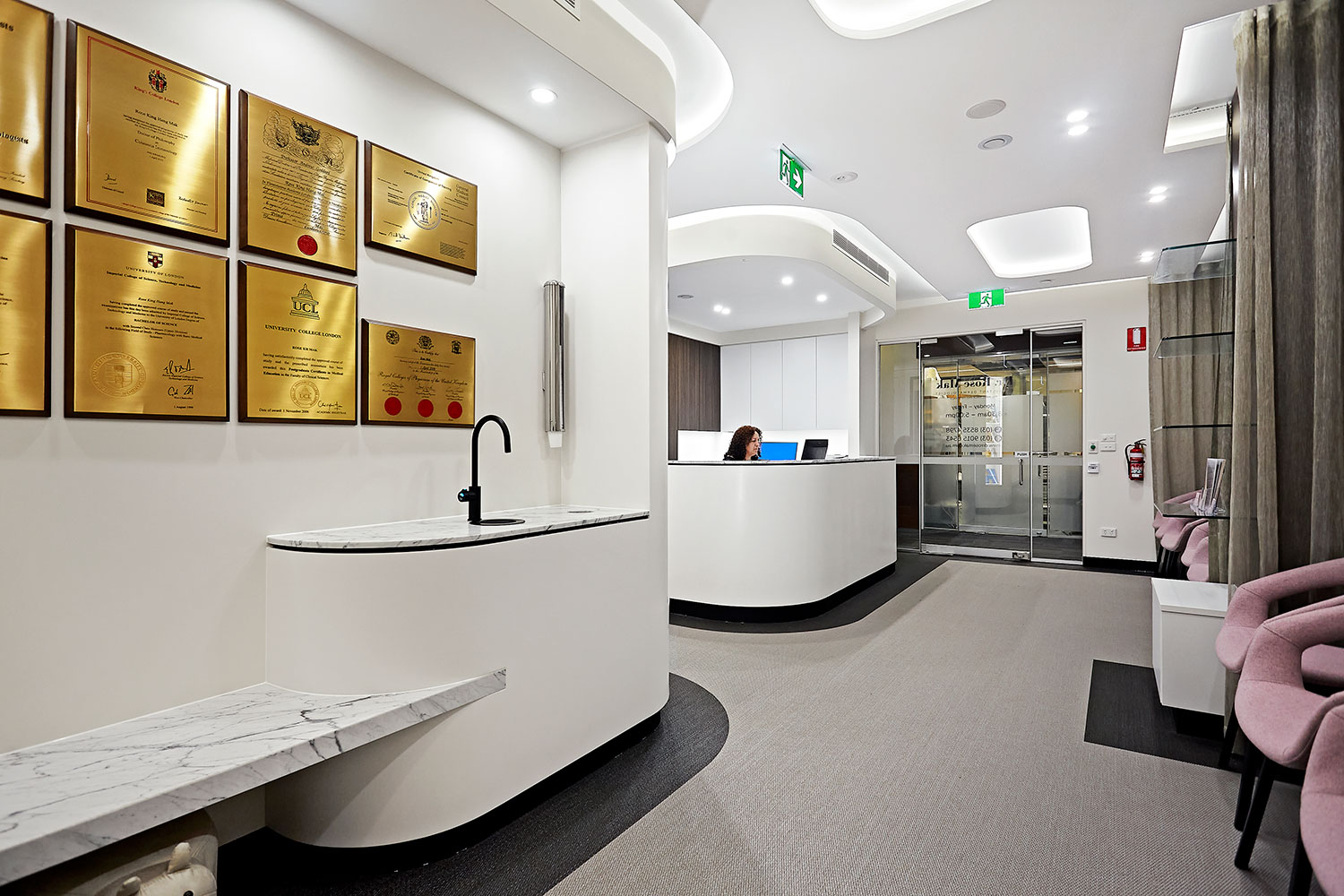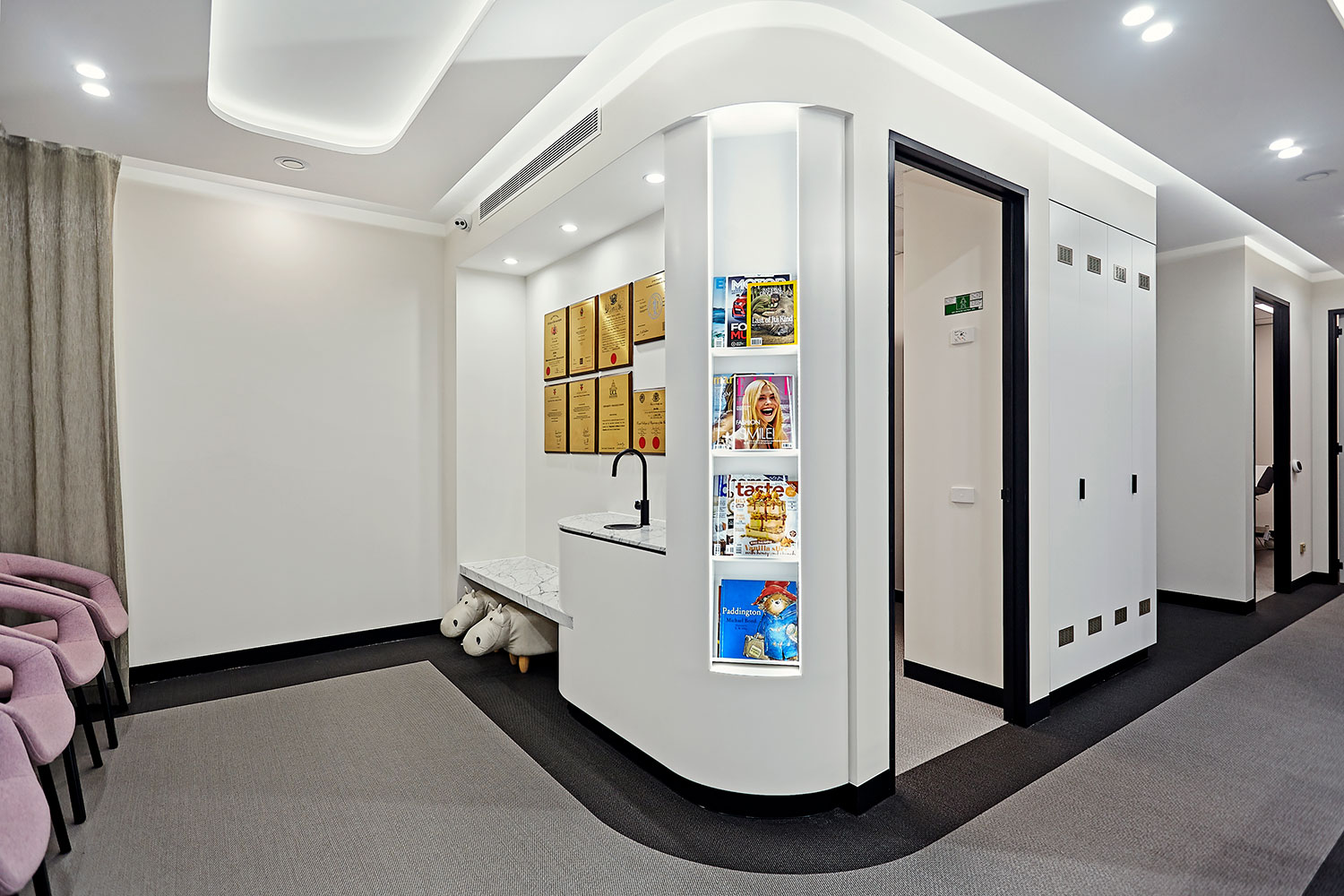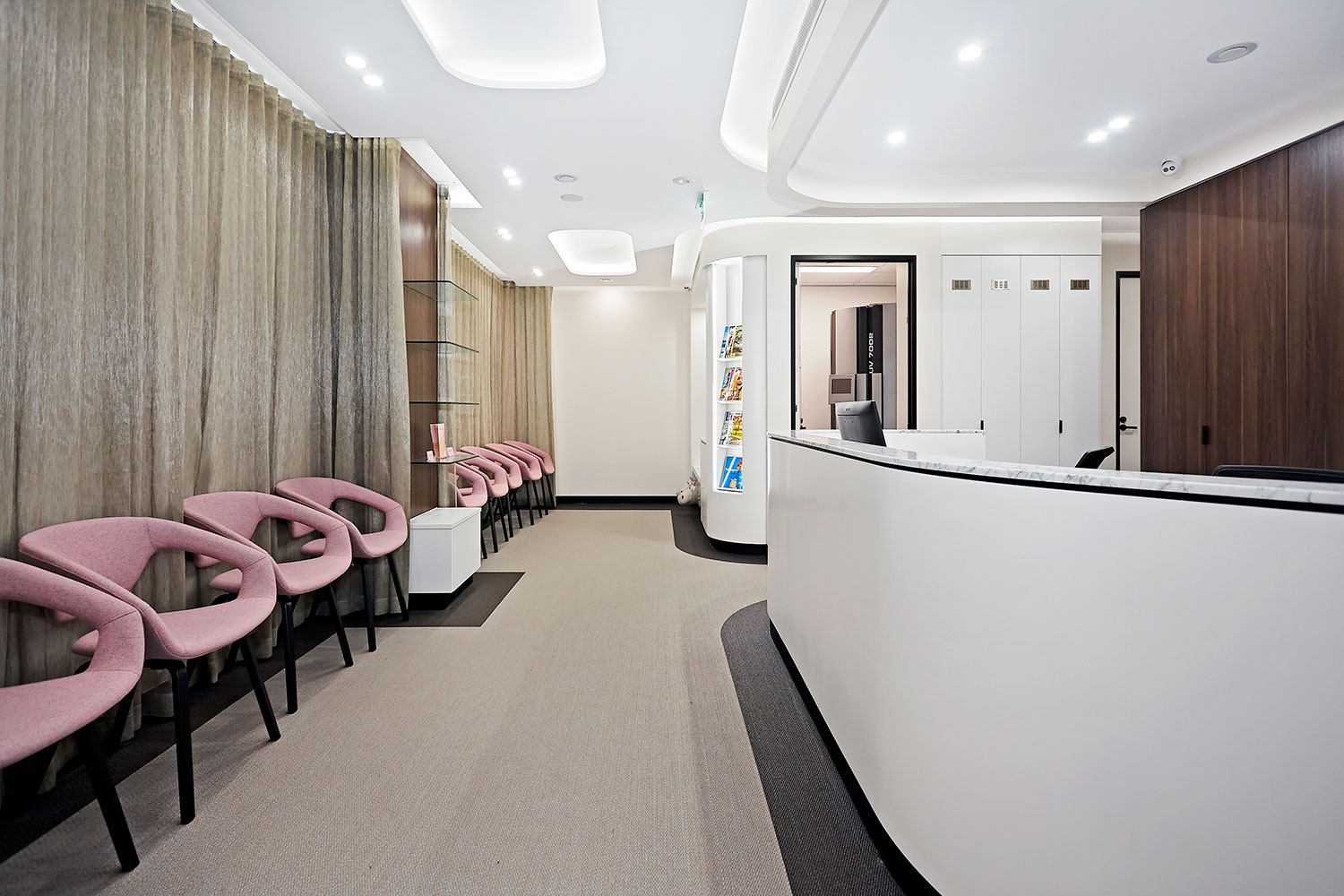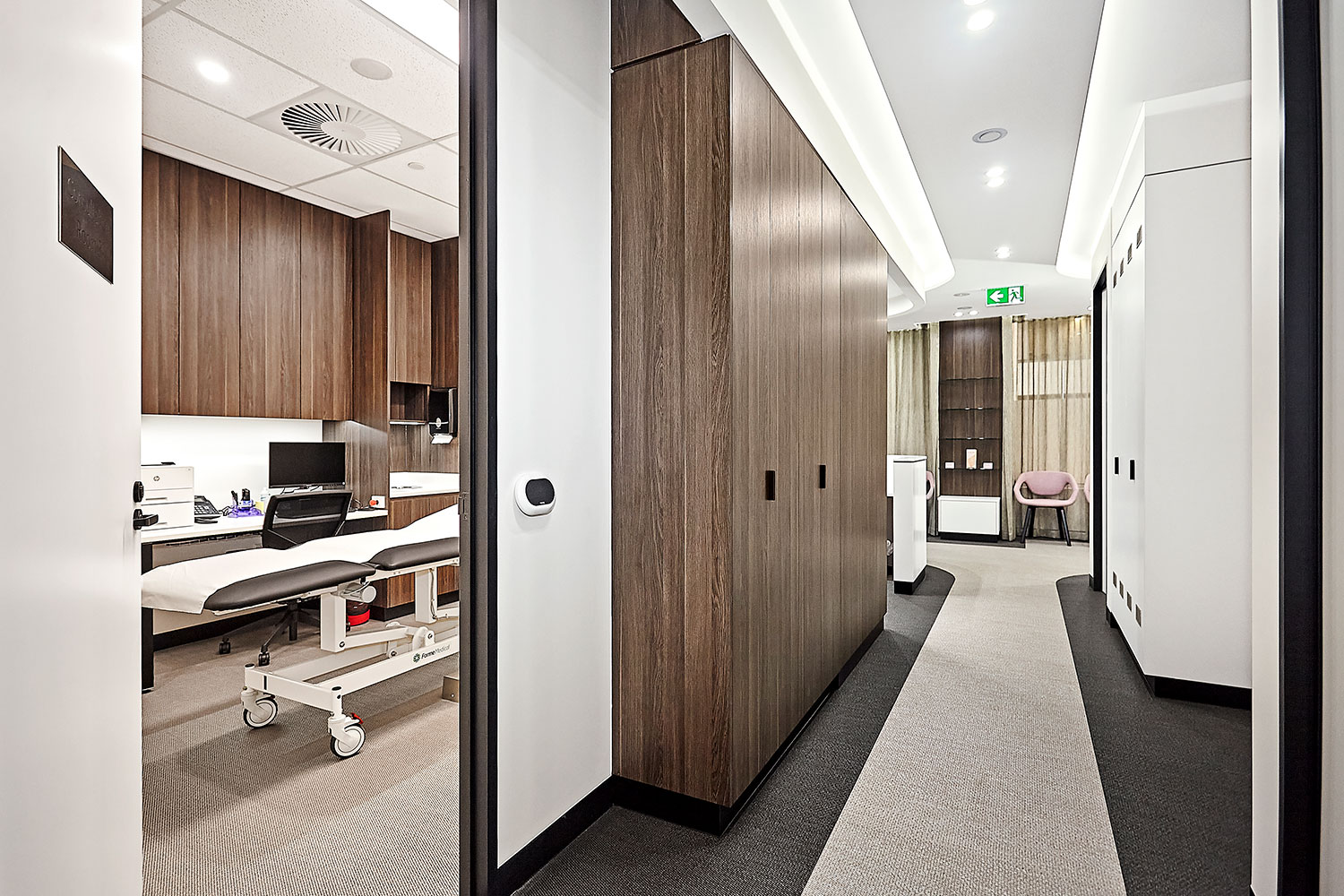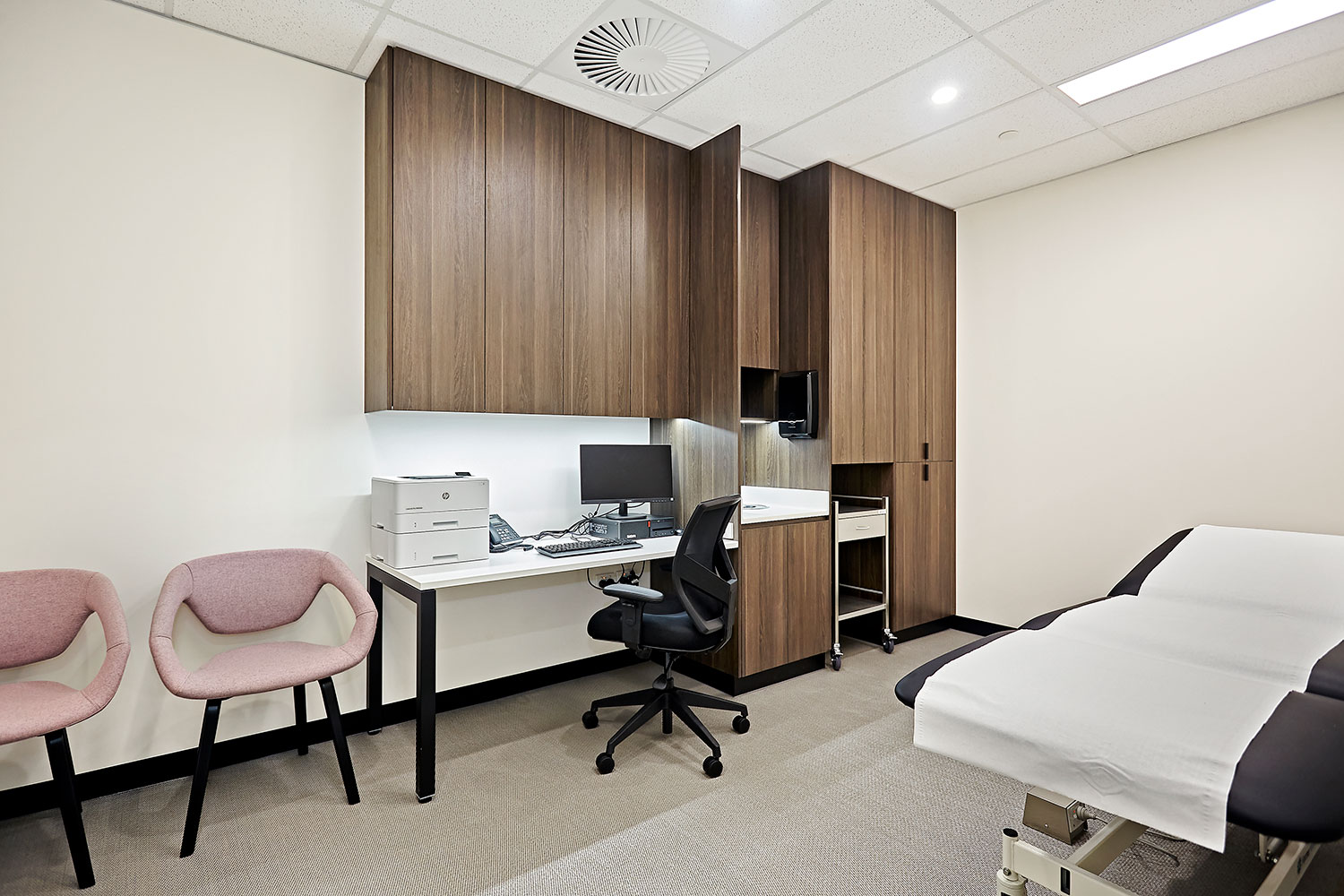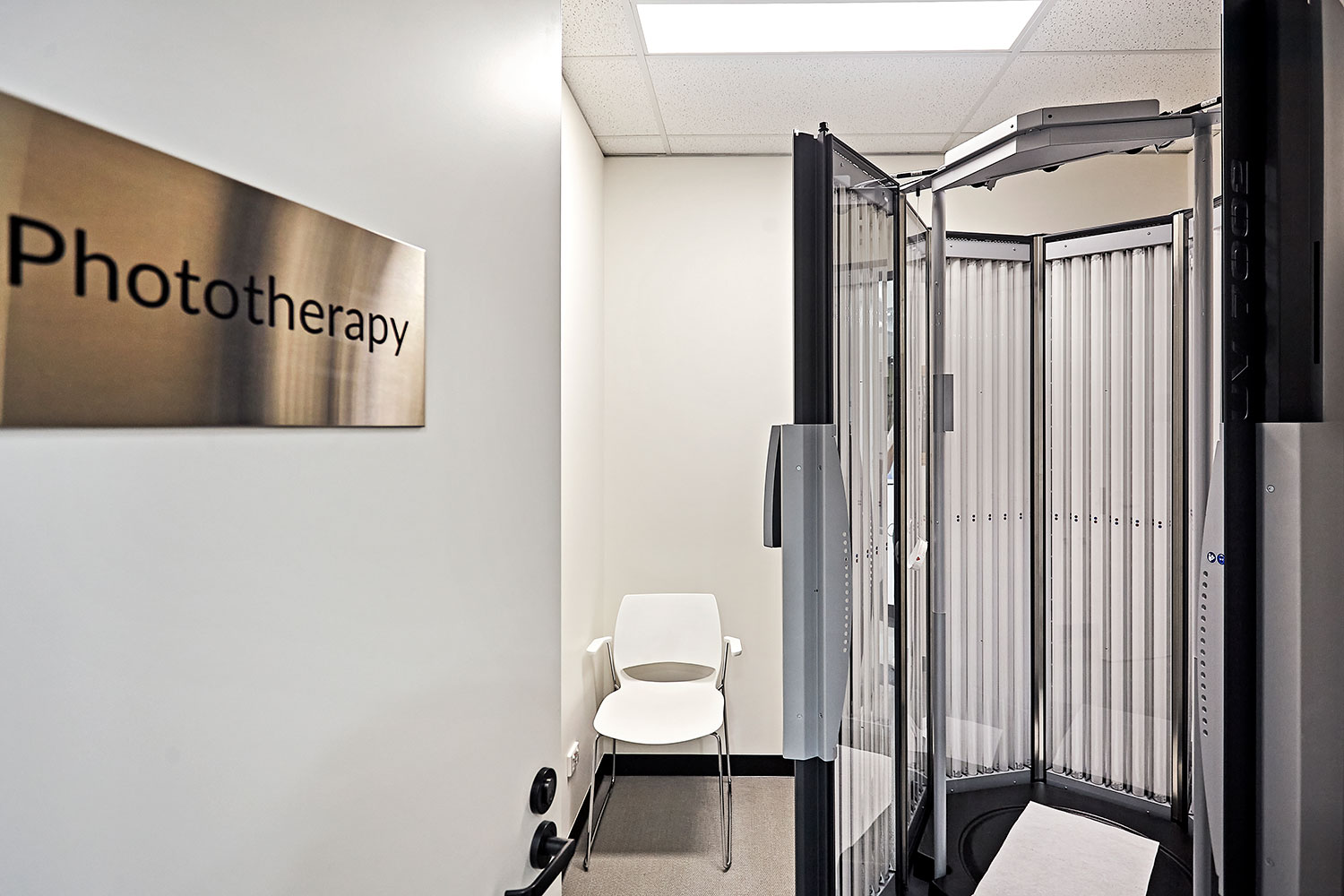Rosacea Clinic
Rosacea Clinic
Dr Rose Mak is highly experienced in treating rosacea. Dr Mak enjoys taking a holistic approach and is skilled in treating all aspects of rosacea ranging from providing comprehensive skin care advice, to prescribing medications for control of red pimple-like lesions (papules and pustules) and performing laser treatment to improve skin redness and facial vessels.
Rosacea is a common chronic inflammatory skin condition affecting 5% of the population worldwide. The main characteristics are persistent facial redness/enlarged facial vessels and inflamed pimple-like lesions (papules and pustules). Rosacea tends to affect the cheeks, forehead, chin and nose. It is more frequently observed in fair skin individuals but can affect all ethnic skin types. It is thought that rosacea may be underdiagnosed in skin of colour individuals, hence consultation with dermatologist can help avoid diagnosis being missed. Rosacea affects both men and women, although more women are affected. The typical age of onset is after 30 years old.
Rosacea is a complex condition with environmental triggers, genetic tendency and dysregulation of the immune system and neurovascular system all playing contributory roles. These factors cause the blood vessels in the skin of the face to enlarge and there is skin inflammation.
The common features of rosacea include:
- Redness affecting central face (cheeks, nose, chin and central forehead)
- Prominent facial vessels
- Flushing/blushing
- Pimple-like lesions consisting of papules and pustules
- Sensitive skin
About 50% of rosacea patients have eye involvement (ocular rosacea) and may experience eye symptoms such as itching, burning or grittiness sensation of the eyes.
Traditionally rosacea is classified into four subtypes. This classification acts as a useful guide, there can be some overlap amongst the subtypes and more than one subtype can be present in the same individual:
- Erythematotelangiectatic rosacea: facial redness, visible facial blood vessels, tendency to flush.
- Papulopustular rosacea: multiple small (<3mm) red pimple-like lesions (papules and pustules) affecting mainly central face.
- Phymatous rosacea: this subtype most commonly affects the nose (rhinophyma), sebaceous glands (oil glands) and blood vessels of the nose enlarge resulting in an enlarged bulbous appearance of the nose. Rhinophyma is more common in men.
- Ocular rosacea: affecting the eyes+/-eyelids. Redness, swelling and irritation may occur.
Your dermatologist can advise you of which rosacea subtype(s) you have and suitable treatment
Common triggers for rosacea include 4 main categories: (1) heat-related triggers such as the sun, hot saunas, exercise, hot beverages (hot tea/coffee), (2) alcohol, (3) capsaicin foods including chili pepper, jalapenos, hot sauce and tabasco pepper and (4) cinnamaldehyde foods including cinnamon, tomatoes, citrus fruits and chocolate.
It is therefore important to avoid recognized triggers, such as alcohol, hot or spicy food and warm room. Sun protection is important.
“Triggers” which affect one person may not affect another. There is a need for a personalized approach and individuals should observe and establish relevant triggers, and avoid those triggers identified as exacerbating their own disease.
The different rosacea subtypes may all be manifestations of the same underlying inflammatory continuum. Early treatment can potentially prevent disease severity progression in rosacea.
On a personal level, rosacea can cause much social distress and embarrassment. It lowers an individual’s self-esteem. Fortunately, there are various treatments that effectively address different aspects of rosacea, thereby restoring self-confidence and quality of life.
When considering treatment strategies, it may be beneficial to consider treatment that targets different rosacea subtypes. Certain treatment will be useful in all patients, due to overlap among rosacea subtypes, however the timing of their use may vary. For example, all rosacea patients would suffer from some degree of central facial redness, hence vascular laser therapy may be useful at a certain time in all rosacea patients.
Laser treatment for facial redness and facial vessels
Vascular laser is a well-established and effective treatment to tackle facial redness and facial vessels in rosacea. In rosacea, sun exposure in genetically predisposed individuals result in development of extra facial veins in response to sunlight. These extra veins fill up more rapidly than normal facial veins. As a result, individuals with rosacea flush more easily in response to many different stimuli including hot and cold weather, alcohol, hot beverages (such as tea or coffee), exercise and emotions. Removing these extra veins with laser effectively treats the vascular component of rosacea.
Dr Rose Mak has extensive experience in using the newest VBeam Prima laser technology to improve the vascular component of rosacea by removing the facial veins and generalised redness associated with rosacea. Studies have demonstrated that vascular laser treatment also help to reduce the inflammation and pimples in rosacea, and may have a role in dermal collagen remodeling and rejuvenation. Laser treatment of rosacea and facial veins have the additional benefits of improving the fine lines and wrinkles in the skin, as well as improving the skin texture and enlarged pores via inflammation that follows laser treatment. By treating and removing the extra facial veins acquired from sun exposure, the skin becomes healthier.
Topical and/or oral medications for papules/pustules and early phymas
Topical creams can help improve pimples (papules and pustules) in mild rosacea.
Oral antibiotics or oral vitamin A derivative tablets may be required for more severe or persistent severity. Your dermatologist will make a thorough assessment and discuss with you regarding potentially suitable options.
Most patients with rosacea present with combination features such as papules and telangiectasias. This results in the need for combination therapies from the modalities described above, such as combination of laser/light therapy with topical+/- systemic treatment. Successful treatment of rosacea requires establishing which aspects of disease are most problematic and devise a multi-therapy approach to address all relevant clinical findings.
Dietary change may play a role in the management of rosacea. Certain foods and beverages may act as “triggers” for rosacea exacerbations, these may be divided into heat-related, alcohol-related, capsaicin-related and cinnamaldehyde-related.
- Hot beverages such as hot tea and coffee can flare up rosacea.
- Alcohol intake was significantly associated with an increased risk of rosacea, with red wine reported as a worse trigger than white wine.
- Spices and spicy food worsened symptoms in rosacea. The common culprit is the chemical capsaicin, which affects the pain receptors in skin that feel warmth. This may worsen rosacea. Examples of capsaicin foods include chili pepper, jalapenos, hot sauce and tabasco pepper.
- Cinnamaldehyde gives cinnamon its pungent flavour. This compound causes a warm sensation that may trigger rosacea symptoms. Cinnamaldehyde foods include cinnamon, tomatoes, citrus fruits and chocolate.
These food triggers can activate receptors on nerves and skin cells which are essential in the regulation of skin barrier and skin immunology, resulting in an inflammatory response, blood vessels dilation, flushing and oedema. The resultant inflammation from these foods causes skin barrier dysregulation and increased skin dehydration which are characteristic rosacea symptoms.
It is important to remember that “triggers” which affect one person may not affect another. There is need for a personalized approach and individuals should observe and establish relevant triggers, and avoid those triggers identified as exacerbating their own disease.
Increasing dietary intake of omega-3 fatty acids may help to reduce dry eyes symptoms in ocular rosacea.
Dr Rose Mak’s skin care tips for rosacea:
- Cleanse face very gently with lukewarm water and soap free pH balanced cleansers. Apply the cleanser gently with fingertips in circular motions. Rinse off the cleanser thoroughly with luke warm water and pat face dry gently with a clean cotton towel to avoid irritation.
- Moisturise every day as it helps to hydrate skin and reduce irritation.
- Protect skin from the sun and apply sunscreen regularly. Apply sunscreen to the face every day before going outdoors, even on cloudy days. Sunscreens that are suitable for rosacea include broad spectrum sunscreens with both UVA and UVB protection and an SPF ³ Physical blocker sunscreens containing zinc oxide or titanium dioxide or both are usually well tolerated.
- Choose skin care products (including cosmetic products, moisturisers and sunscreens) that do not irritate the skin. This includes
- choosing products containing protective silicone (which may be listed as dimethicone/orcyclomethicne/cyclomethicone).
- avoid products that contain alcohol, fragrance, camphor, glycolic acid, lactic acid, menthol, sodium laurel sulfate and urea which may increase skin irritation.
- green-tinted makeup or sunscreen can provide extra coverage of skin redness.
- avoidance of astrigents, toners and abrasive exfoliators would reduce skin irritation.
- Consider testing skin care products and makeup before applying to the face by dabbing a small amount close to (but not on) rosacea-prone skin. If the product irritates the skin and causes burning/stinging within 72 hours, it may be best to avoid that product.
- Avoid anything that irritates the skin. This includes avoid rubbing or scrubbing the face with washcloths, facial sponges or exfoliating the skin.

